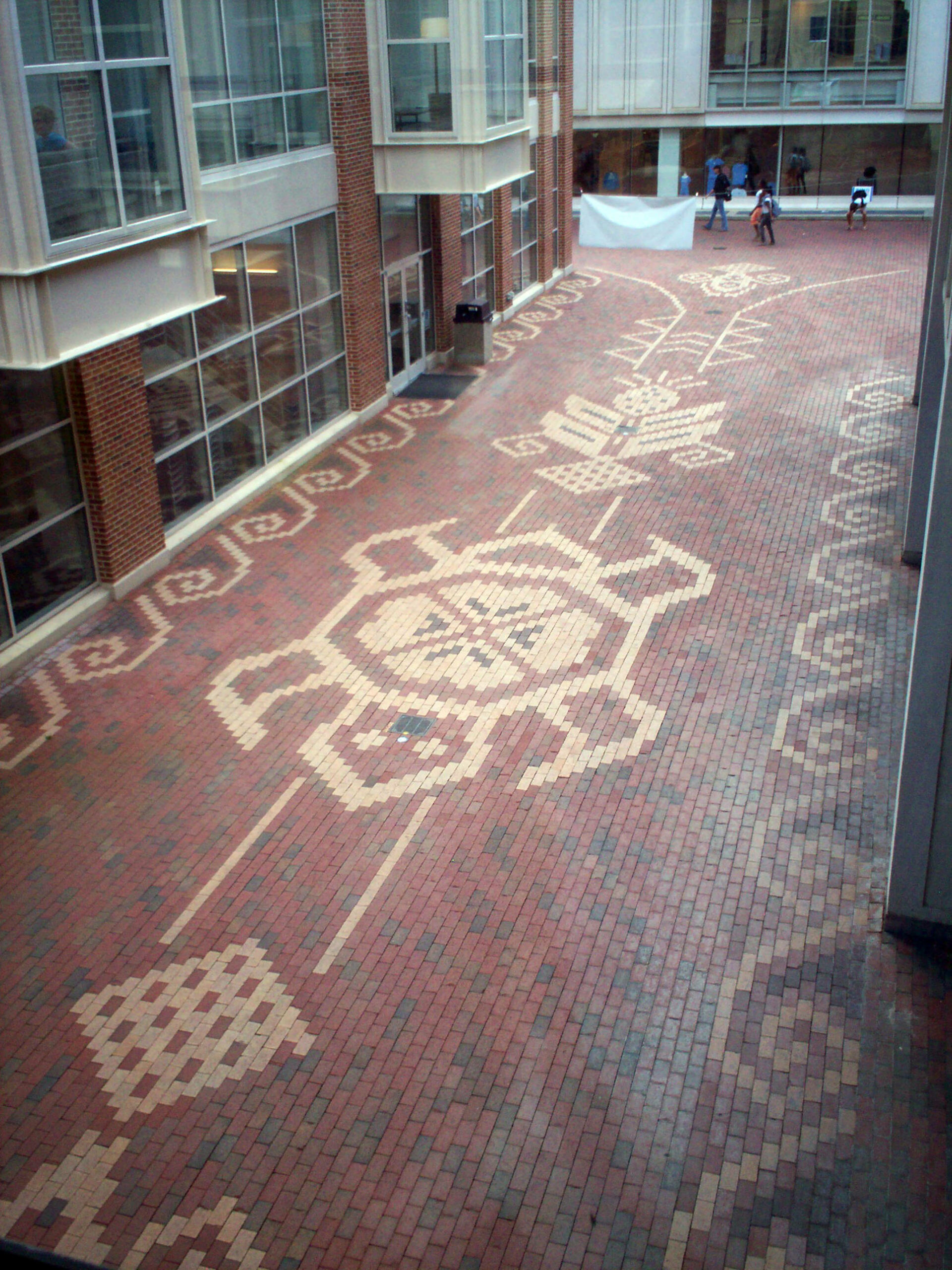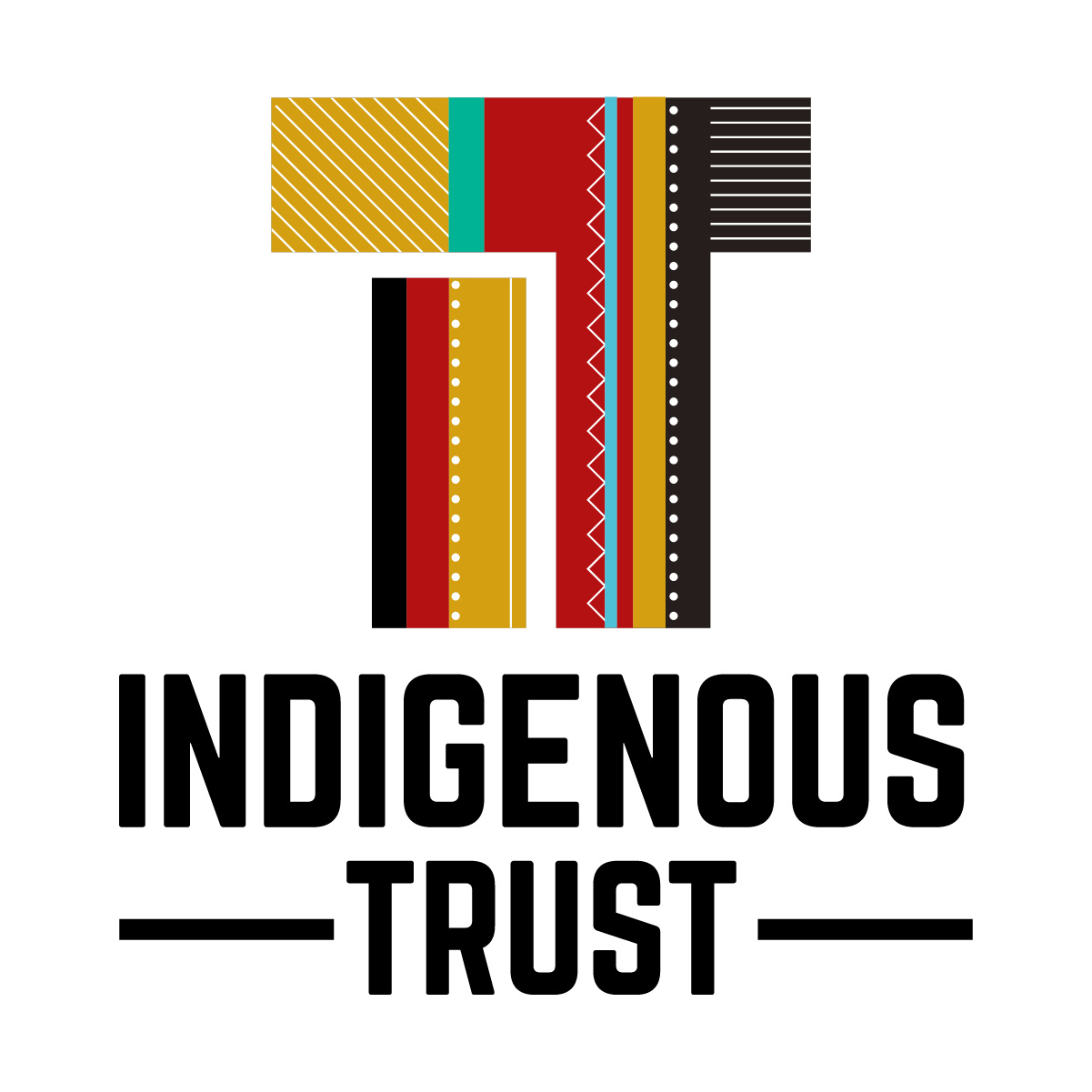
I recently entered into a friendly Twitter discussion with linguist Michel DeGraff about complications that define “Lumbee Vocab” (Lumbee language) that may not define Gullah and other creole languages. Both Gullah and Lumbee Vocab are mergers of Indigenous languages and European languages. Gullah, a merger of AFRICAN Indigenous and European languages, is often treated as an ENdangered language. Rather than being questioned for how far it strays from an Indigenous, pre-colonial language, it is celebrated as the essence of a community of people who, living mostly in South Carolina, are a uniquely unified and thriving cultural center. Lumbee Vocab and other mergers of AMERICAN INDIAN Indigenous and European languages, on the other hand, are treated as a sign of cultural sickness. The Bureau of Indian Affairs has a pamphlet that states some guidelines for achieving “Federal Recognition” as an American Indian/Native American tribal nation:
What’s the easy way to show that we have a modern community and had a tribal community in the past?
One of the answers is: “Maintenance and use of the tribal language.”
In my upcoming book Lumbee Pipelines, I discuss how Lumbee Vocab was systematically erased by the University of North Carolina System as a continuation of the placement of Lumbee people into church and government boarding schools beginning in the mid-1800s. One of my micro-arguments is that Lumbee people spoke and lived in ways that were responses to programs and policies that stripped away their abilities to speak and live as they wanted to. Their newer ways of speaking and living – what became today’s “Lumbee Vocab” – were never good enough. Lumbee people have consistently been placed through processes of ethnic cleansing.
I was a graduate student at UNC-Chapel Hill between 2007 and 2012. At that time, faculty would boast about sending students to study Gullah in SC. Meanwhile, they corrected me when I used a Lumbee vocab term in a paper or class discussion. They boasted about the moments when they corrected the speech of Lumbee undergraduate students. They did not study and teach Lumbee language – they consistently ridiculed it.
At that same time, in the aftermath of centuries of governmental programs aimed at American Indian people in Federal attempts to “kill the Indian, but save the man”, Indigenous language programs popped up across the U.S. to teach languages such as Lakota and Mohawk in hopes of revitalizing them and getting younger generations of people those tribal communities to “speak the language”. UNC’s American Studies Department began offering Cherokee language courses. American Indian languages (such as Cherokee) were considered ENdangered – in need of saving from further colonial violence – but any variation of them was simply a sign or result of that violence.
This is not the case for Gullah and other Creole languages. If you look at Harvard University’s African Language Program, Gullah and other African Indigenous-European language mergers are not only safe and valued…they are considered necessary for the future! They are admired as the beginning of policy and legal education in Harvard’s various Schools. A 2018 article in the Harvard Gazette praised the work of Harvard instructor Sunn m’Cheaux, who at that time taught Gullah language to public school students in Cambridge, Massachusetts. In the article’s description of the geography of Gullah, it asserts that Gullah “extends along the coast of the southeastern U.S.”. When I first read this article, I immediately replied: “into Lumbee tribal territory…where Lumbee is spoken.”
American Indian ways of speaking are treated as *all or nothing*. The message to American Indians is clear: ‘Speak your Indigenous/original language or you are incomplete.’ Gullah and other Creole languages that diverge from Indigenous/original ways of speaking do not suffer this same sort of scrutiny. They are appreciated for their flexibility and pliability. They are embodied within highly celebrated courses at Harvard. They are transformed into widely acclaimed pedagogy.
In the end, what makes Lumbee vocab (Lumbee language) most complicated is not some inherent “complexity” that does or doesn’t exist in other languages…but the fact that it thrives in a genocidal but diverse linguistic landscape that has imprisoned American Indian speaking within anthropological fantasies. I regularly remind my students that there is only one type of human in the world that must carry a “blood quantum” card to be recognized: the American Indian. That card seems to represent things in the past that we don’t have that we must consistently fight for – a diversion from our place in the present and future. “What language do you speak?” I am often asked. I used to say: “we lost our language.” After conversations with my father years ago, I stop saying that. He once told me: “There were people speaking a Native tongue [perhaps some Iroquoian language] in the fields and most everyone else was speaking what we speak.” (Did my father witness the solidification of Lumbee Vocab in the 1940s? I think so.)
Those anthropological fantasies – which place pressure on American Indians to speak “the language” – are magnified within an American capitalistic society that has used both American Indian Indigenous languages (e.g. Mohawk, Cherokee, etc.) and Indigenous linguistic mergers like Lumbee vocab to guarantee/guaranty success/profit in world war, agriculture and manufacturing. As American Indian ways of speaking have been removed from futuristic scripts, they have simultaneously been used – in their multiplicities and without fanfare – to create the future!
This mural, titled “The Gift”, is situated at University of North Carolina-Chapel Hill. It was designed and crafted by Senora Lynch of the Haliwa-Saponi Indian Tribe between the years 2004 and 2014
